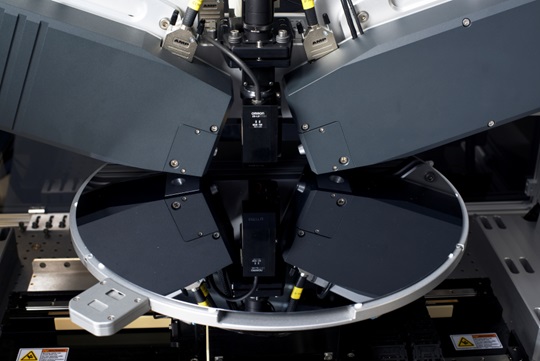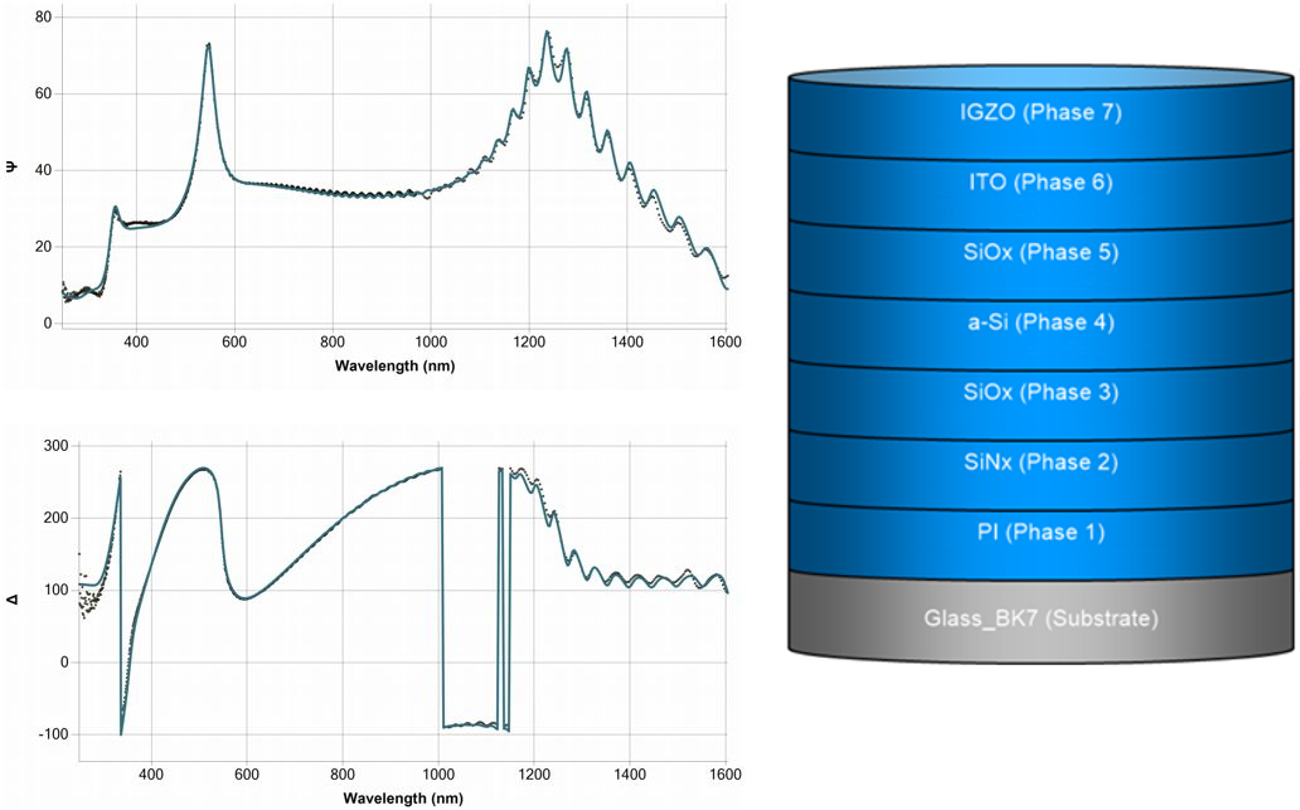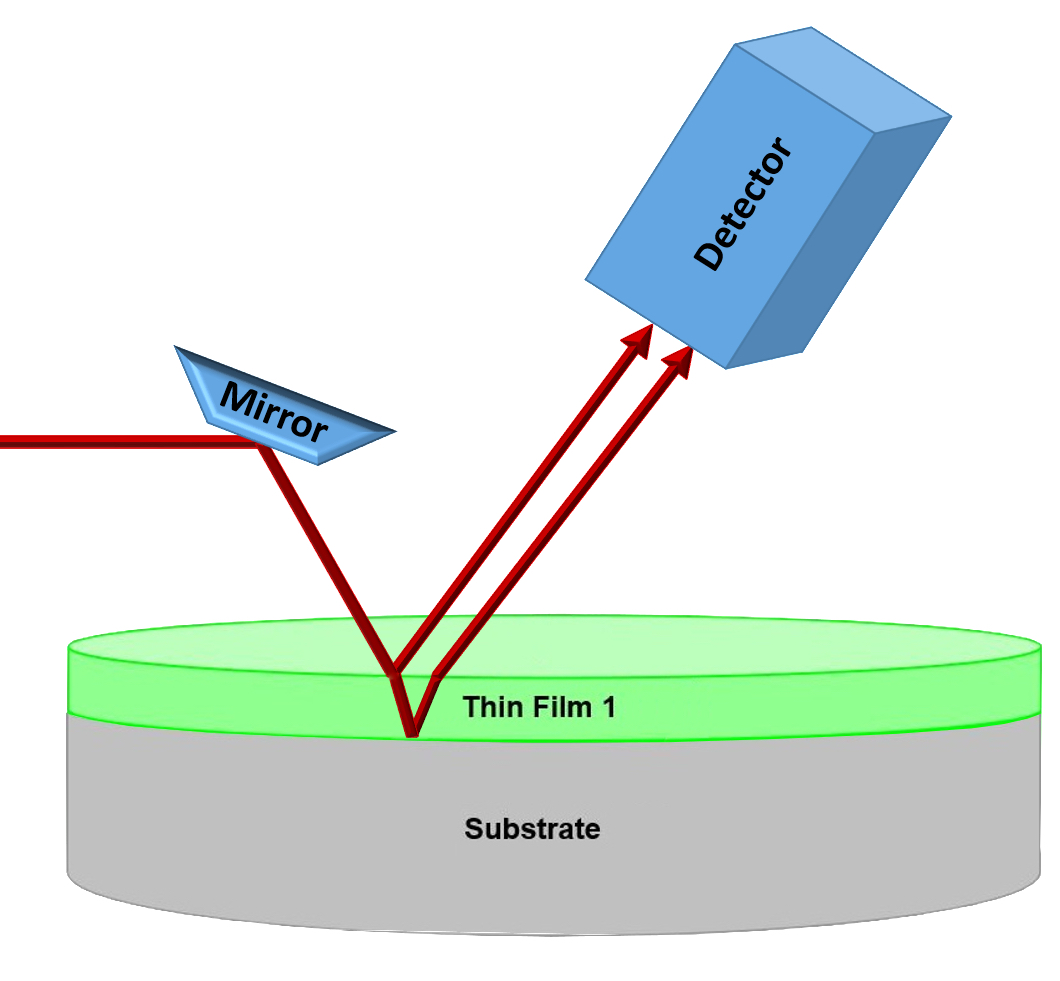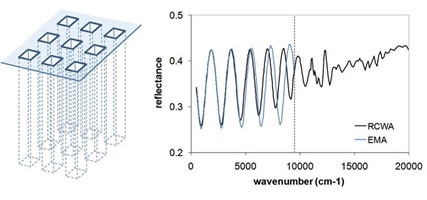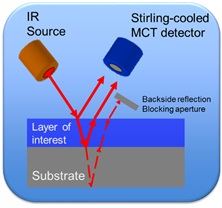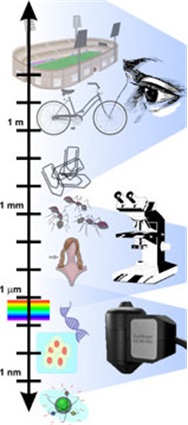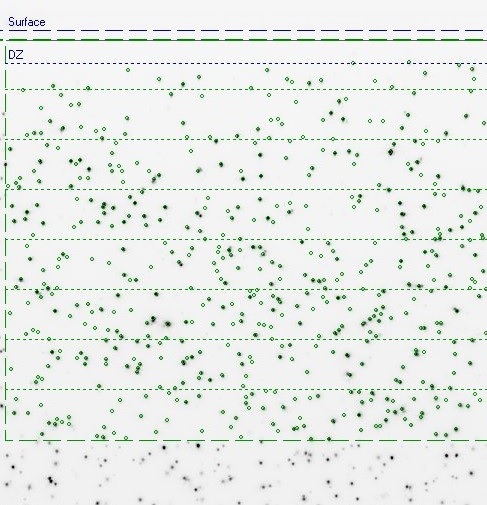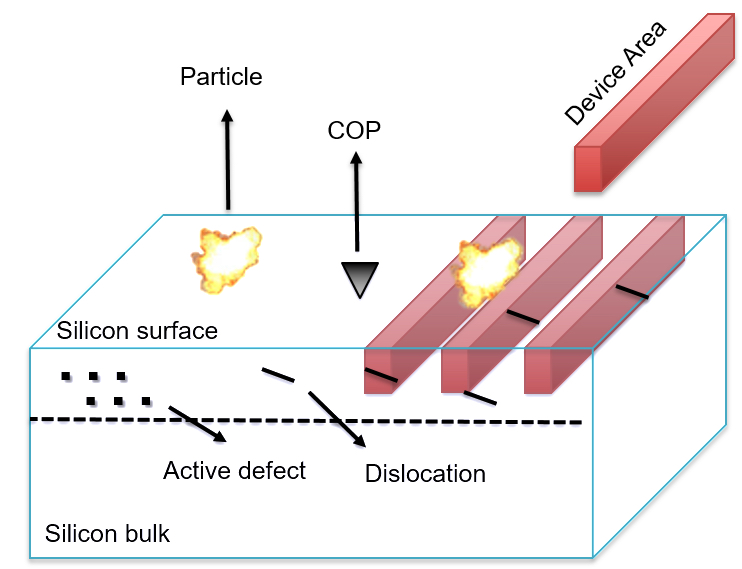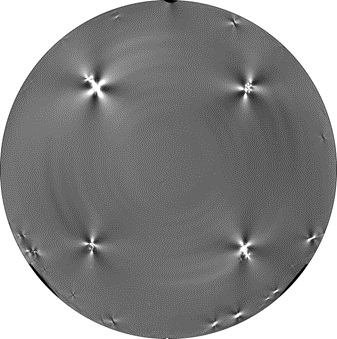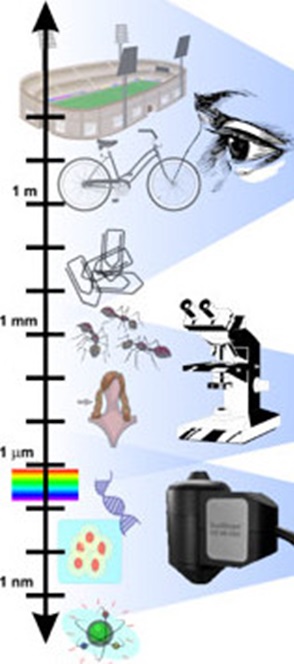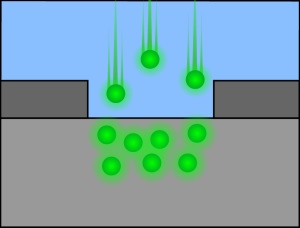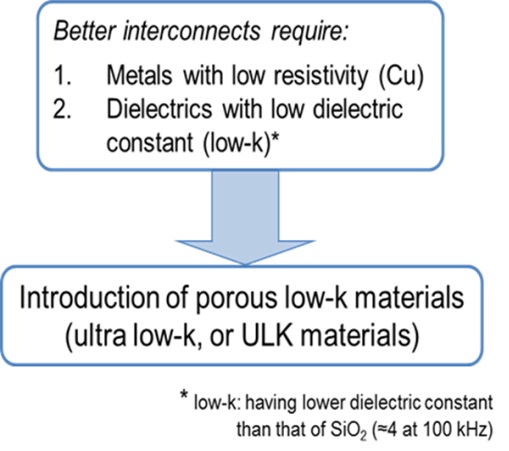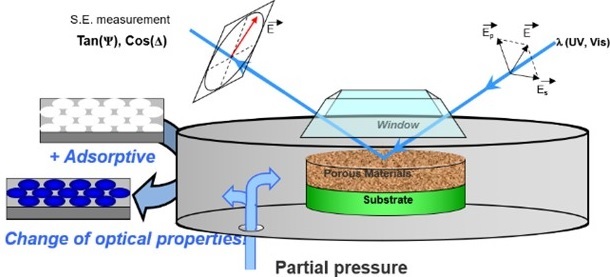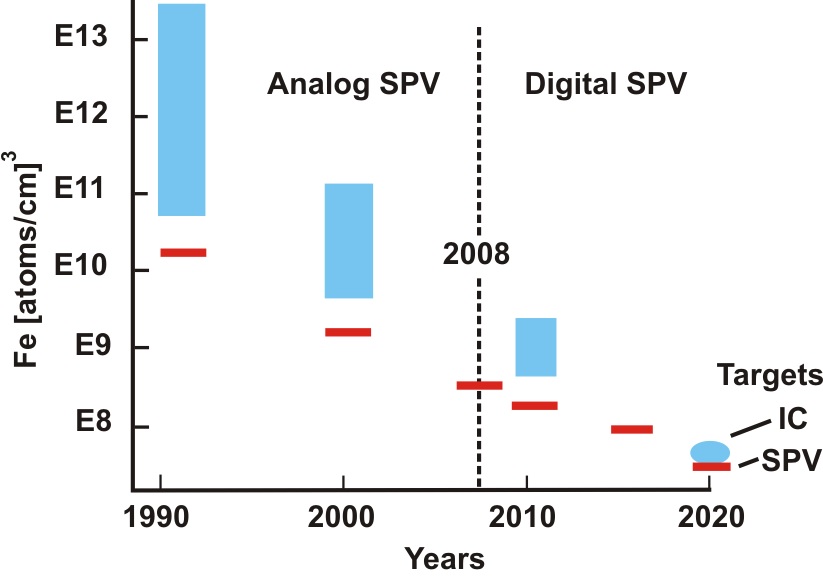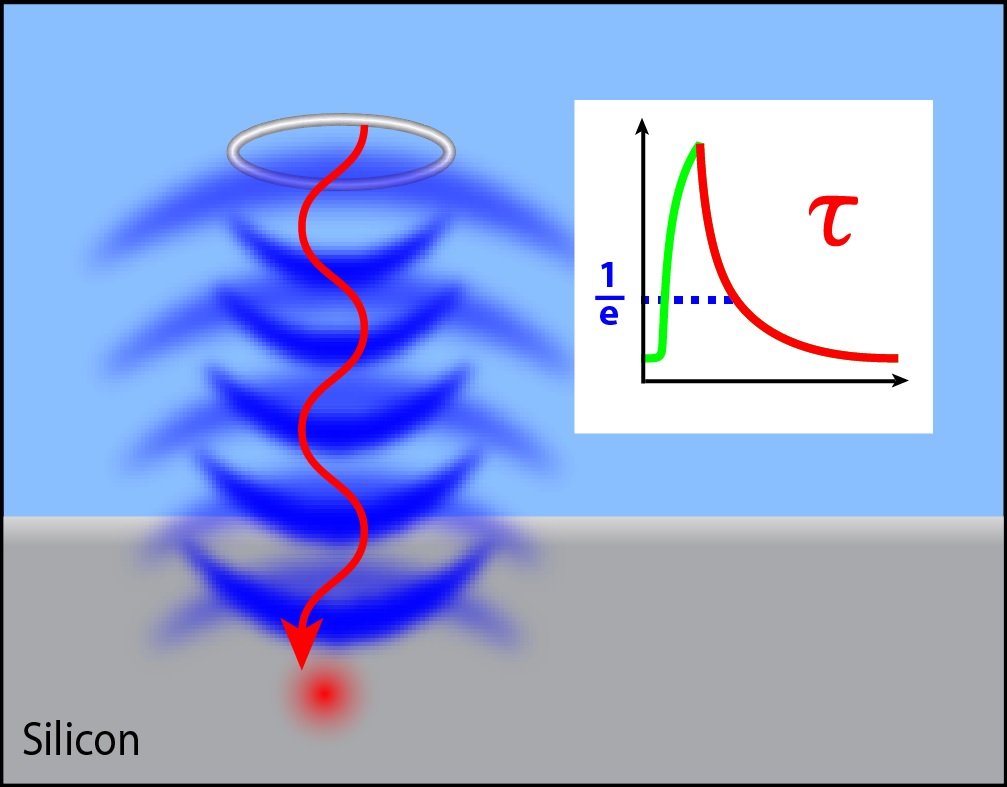Semilab SDI's FAaST systems are cutting-edge non-contact electrical metrology tools used in semiconductor device and material manufacturing. These systems employ non-contact surface potential probing techniques, along with illumination and surface charging methods, to precisely measure various parameters of semiconductor wafers, dielectrics, and interfaces. This advanced technology offers exceptional accuracy and efficiency while eliminating the need for dedicated test devices, saving both time and cost.
One of the key features is the compact SPV sensor integrated into the WT-2000 multi-metrology platform, which enables a comprehensive analysis of silicon wafer electrical quality.
Semilab SDI's patented digital SPV technique, featured in the FAaST systems, is the global leader for non-destructive measurements of heavy metal contamination in silicon. It provides rapid and reliable measurements of minority carrier diffusion length, particularly at low injection levels. Combined with unique activation methods, it offers unparalleled sensitivity in identifying contaminants like Cu and Fe.
The small signal ac-surface photovoltage (SPV) minority carrier diffusion length measurement plays a crucial role in detecting iron contamination and micro defects in silicon wafers. It is used for evaluating crystal growth, ingot-to-wafer processing, wafer cleaning, monitoring iron contamination during semiconductor processing steps, and requalifying processing tools after maintenance.
In ac-SPV metrology, multi-wavelength light generates excess minority carriers beneath the surface, leading to diffusion and recombination. The final profile depends on the minority carrier diffusion length, which is a sensitive indicator of recombination centers like Fe, Cu, and others. Contamination monitoring involves measuring the diffusion length. By selectively altering the recombination activity of contaminants through specific treatments such as strong illumination or thermal processes, it's possible to determine the contributions of different contaminants like Fe, Cu, and others to the overall diffusion length.
